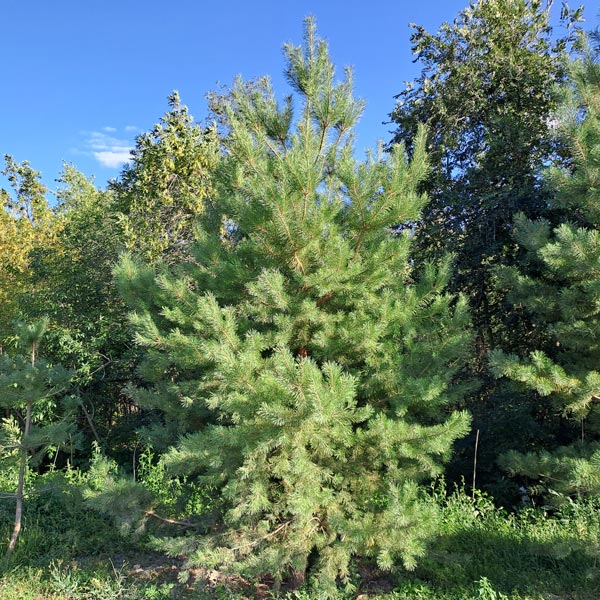Tree Leaning, Creaking in Wind or Cracks in Tree Bark? Tree Falling Warning Signs That You May Need Emergency Tree Removal in Hampton, GA
Trees are a beautiful addition to any landscape. The benefits they provide are endless. Having your favorite tree on your property can provide shade and if planted right help cut energy consumption down. Trees provide a variety of foods, and can provide hours of entertainment. But when trees are not healthy due to a number of circumstances, they can be safety hazard. We at Milam’s Tree Service would like to share some tips on how to spot a tree that could be hazardous.
Tree Health Inspection, Assessment & Evaluation Checklist
- Learn about tree species on your property. Do your homework and know all you can about the trees you have in your landscape. Various trees can be prone to illnesses, or attract some parasites or other pests that can deteriorate the tree. Some trees are only prosperous in certain climates, or need specific maintenance, feeding and watering needs. The more you know the better you can care for your trees.
- Tree diameter age & size. Trees can be affected by stressful circumstances, just like people and animals. Trees that endure long term stress can deteriorate and weaken, leaving them a hazard.
- Condition of the tree. Visual symptoms often manifest when a tree’s health is poor. When assessing your trees, look for any dead twigs, dead branches, and small or off-colored leaves. When trees are healthy and the branches are strong and durable, trees are adorned with lush green leaves.
Signs of Poor Tree Health
- Tree cankers. A canker is the area on a branch or stem where the bark has indented in or is completely void. Cankers are commonly the result of an illness or injury. Excessive cankers or location can deem a tree a safety hazard.
- Cracks through tree bark. A deep split through the bark is considered a crack. Cracks often are an indication that the tree is dying. Removal is recommended before serious catastrophe occurs. Keep in mind that a simple minor crack is nothing to fret about and if caught before it extends through the bark the tree can be spared. If a crack extends through the stem a more serious problem exists. Multiple cracks, or if a crack corresponds with another defect, your tree might require hazardous removal because of some internal problems. If branches consistently crack or break off, the tree has health concerns and may have to be removed.
- Dead wood. Trees that exhibit wood that looks dead on the trunk, branches, or the stems, needs immediate removal. Dead wood looks and feels brittle, it is dry and unbendable.
- Tree decay. When a tree decays, it typically happens from the inside and spreads outward. Decay is a sign that the tree been failing for some time. If the wood is soft or crumbly, or it bears a hole your tree is likely suffering from decay. Mushrooms and other fungal activity are often apparent as well.
- Tree root problems. Trees with root problems are extremely hazardous. The root system is what anchors a tree to the ground. If roots are in poor condition, a tree could easily blow over, causing injury or property damage. Any roots that are exposed above ground, especially if they look dead, severed, or unhealthy, imply a hazardous tree.
- Leaning tree posture. Abnormal tree structures can mean the condition of tree is poor.
- Weak tree branch unions. Weak branches can occur if two branches are trying to grow too close together, leaving one or both branches growing insufficiently due to lack of nutrients. A tree could be saved if caught early enough, but the union branches would need pruning before a larger problem manifests.
Emergency Tree Removal & Storm Damage Cleanup in McDonough, Jackson, Jonesboro, Fayetteville & Hampton as Well as Fayette, Clayton & Henry Counties in Central Georgia
If any of your trees are a safety hazard, contact Milam’s Tree Service and our experts will safely remove them or trim any broken branches and complete the storm damage cleanup if necessary.










